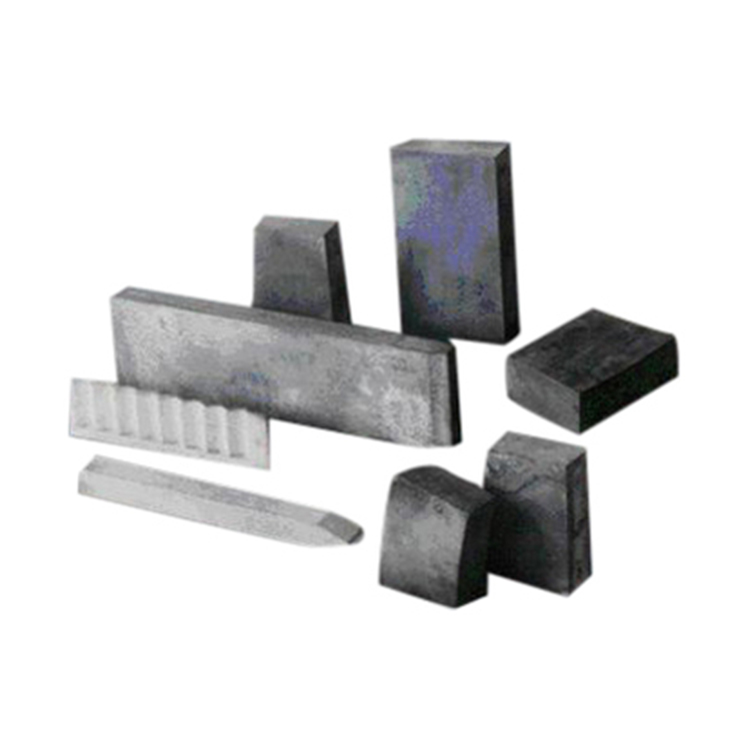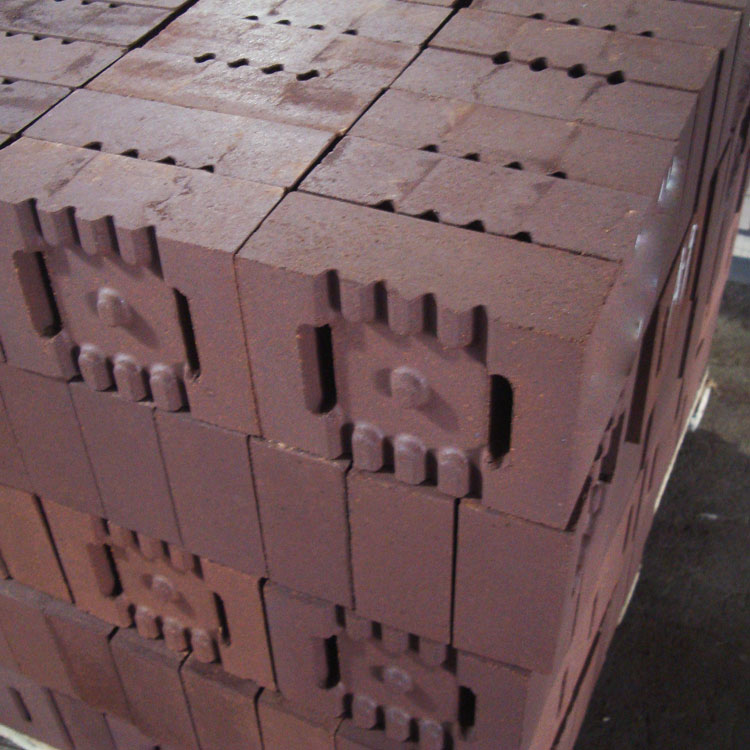
When it comes to high-temperature industrial furnaces—especially in steelmaking, petrochemicals, and coke production—the choice of refractory lining isn’t just about durability—it’s about operational safety, cost control, and long-term efficiency. Among the most critical factors influencing performance is the aluminum oxide (Al₂O₃) content in high-alumina bricks.
A typical high-alumina brick contains between 30% and 46% Al₂O₃. But this isn’t arbitrary—it’s a carefully engineered range where key properties peak:
| Al₂O₃ Range (%) | 耐火度 (°C) | 抗热震性 | 耐磨性 |
|---|---|---|---|
| 30–35% | ≥ 1580°C | Moderate | Low |
| 40–46% | ≥ 1750°C | High | Very High |
As shown above, increasing Al₂O₃ from 30% to 46% doesn't just raise temperature resistance—it dramatically improves thermal shock resistance and mechanical wear resistance. Why? Because higher alumina content forms more stable mullite phases (3Al₂O₃·2SiO₂), which resist cracking under rapid heating/cooling cycles—a common issue in steel reheat furnaces.
In a case study from a Middle Eastern petrochemical plant, switching from 35% Al₂O₃ bricks to 44% ones reduced furnace downtime by 32% over 12 months. Similarly, a Chinese steel mill reported a 27% decrease in maintenance costs after upgrading their kiln lining to consistent 42–45% Al₂O₃ bricks.

These aren’t isolated results—they reflect a pattern. In industries where temperature fluctuations are frequent (like coking ovens), even a 5% increase in Al₂O₃ can extend lining life by up to 6 months, translating into real savings on labor, replacement parts, and production delays.
What many buyers overlook is that it's not just about the percentage—it’s about consistency across batches. A brick with fluctuating Al₂O₃ levels may perform well initially but degrade quickly due to microcracking. Our quality control process ensures ±0.5% variation per batch, backed by third-party lab reports.
For global buyers seeking reliable, long-lasting solutions—not just cheap alternatives—this level of precision matters. It means fewer unexpected repairs, safer operations, and predictable maintenance schedules.

If you're managing a kiln or furnace operation in export markets—from Europe to Southeast Asia—you don’t need guesswork. You need proven performance. And that starts with knowing exactly what Al₂O₃ content your application demands.
Explore our full catalog of certified high-alumina bricks designed for international standards and rigorous industrial environments.
Get Technical Data Sheets & Test Reports →

